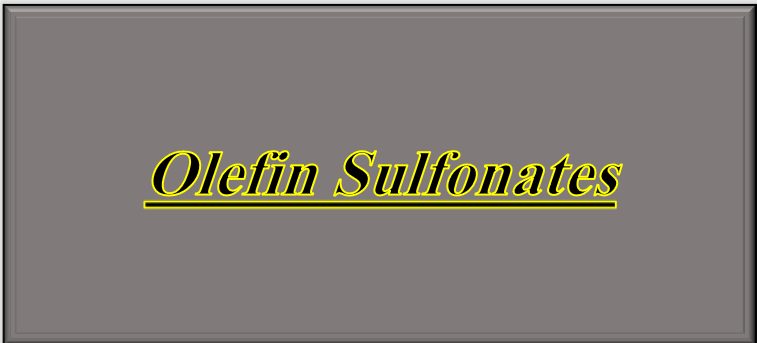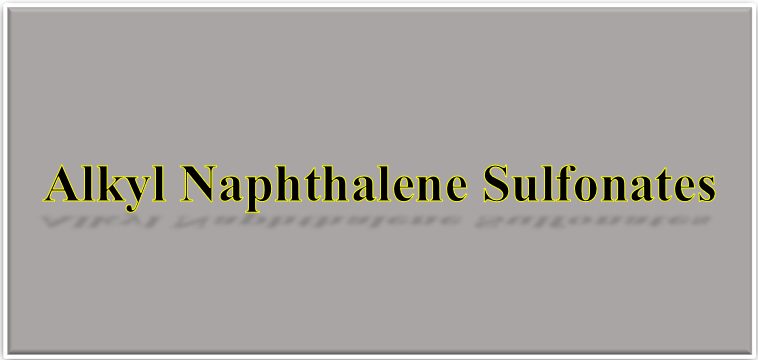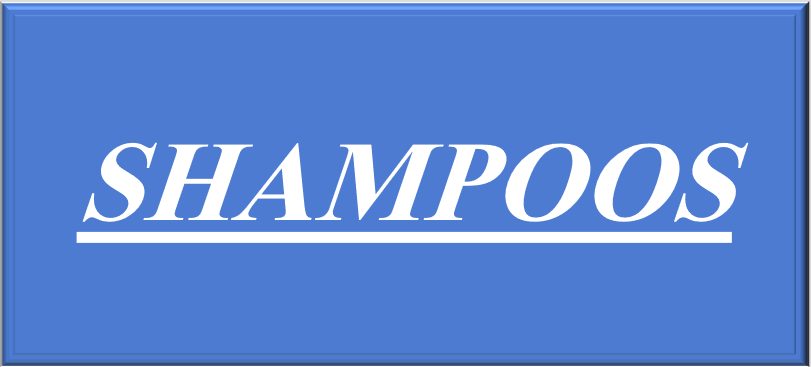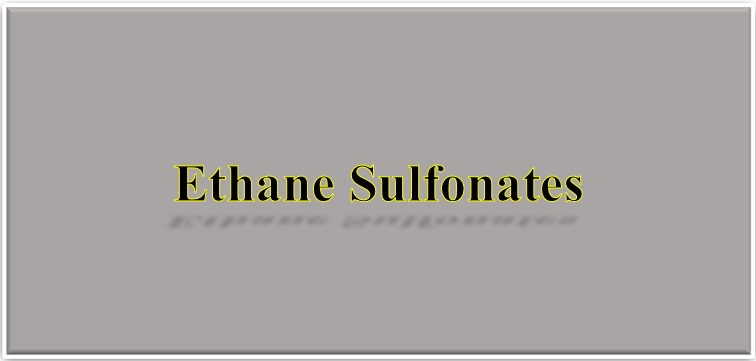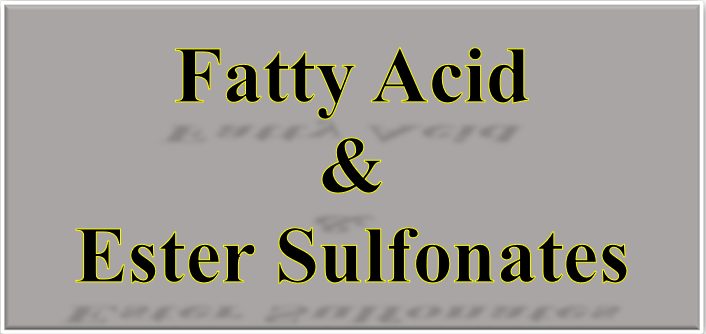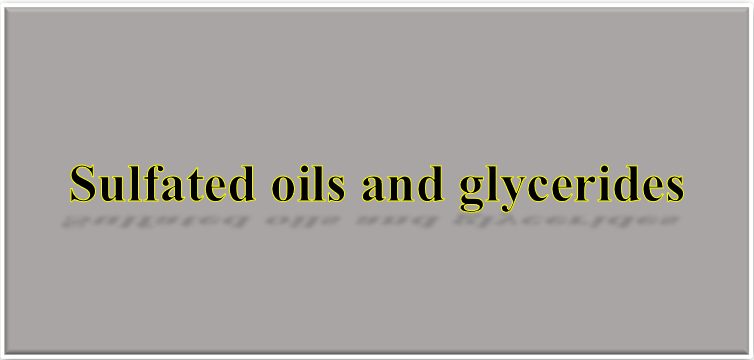General Names
Alkane sulfonates, Paraffin sulfonates, Secondary n-alkane sulfonates, Alkane sulfonates.
Abbreviations: SAS (secondary alkane sulfonates), LAS (occasionally used, more often used for LABS), PAS; PS.
Description
Produced by the sulfoxidation of normal linear paraffin with sulfur dioxide and oxygen and catalyzed with ultraviolet light or gamma radiation. There are very few plants worldwide as the plants are specific to SAS and capital intensive.
Paraffin + SO2 + UV light —> Paraffin-SO3H + unreacted paraffin
The conversion after sulphoxidation is poor so unreacted paraffin must be removed and recycled. The alkane sulfonic acid is neutralized with sodium hydroxide solution, after which the excess water and any remaining paraffin are removed by distillation leaving an alkane sulfonate melt. This can be processed to make flake, or diluted with water to obtain a paste of approximately 60% concentration.
The paraffin used is usually a mixture with a carbon chain distribution of C14 to C17 which is the optimum chain length for heavy-duty detergents in SAS. Available as 30% aqueous solution, 60-65% paste, or 90% prills. Impurities include disulfonate and sodium sulfate.
General properties
1. Excellent aqueous solubility and excellent biodegradability.
2. The C14-C17 mixture has 31% solubility at 20°C which is superior to LABS or lauryl ether sulphate (28%).
3. Compatibility with aqueous ions: Excellent with calcium and magnesium.
4. Wetting optimum at C15 with C12 and C14 inferior; this is quite unusual as wetting is usually at an optimum chain length well below the detergency chain length optimum.
5. Biodegradability: Faster and more complete than LABS.
6. Disadvantages: Difficult to thicken by addition of electrolyte unless ether sulfates are present.
Applications
Household products
Powdered heavy-duty detergents; liquid heavy-duty detergents; washing up liquids.
Industrial cleaning
High electrolyte-containing formulations, e.g. with caustic soda, phosphoric acid, sulfuric acid.
Emulsion polymerization
Emulsifier in the polymerization of vinyl chloride and as a post-stabilizer after polymerization; in the production of carboxylated butadiene-styrene copolymers.
Leather processing
Used in fat liquoring to replace the older sulfonated/sulfated natural oils.
Mineral separation
Ore flotation agent.
Petroleum industry
Enhanced oil recovery.
Specification
| Active content | 60% |
| Appearance | pale yellow paste |
| Di-and polysulfonates | 6-7% |
| Sodium sulfate | 2-4% |
| Unsulfonated material | less than 1% |



